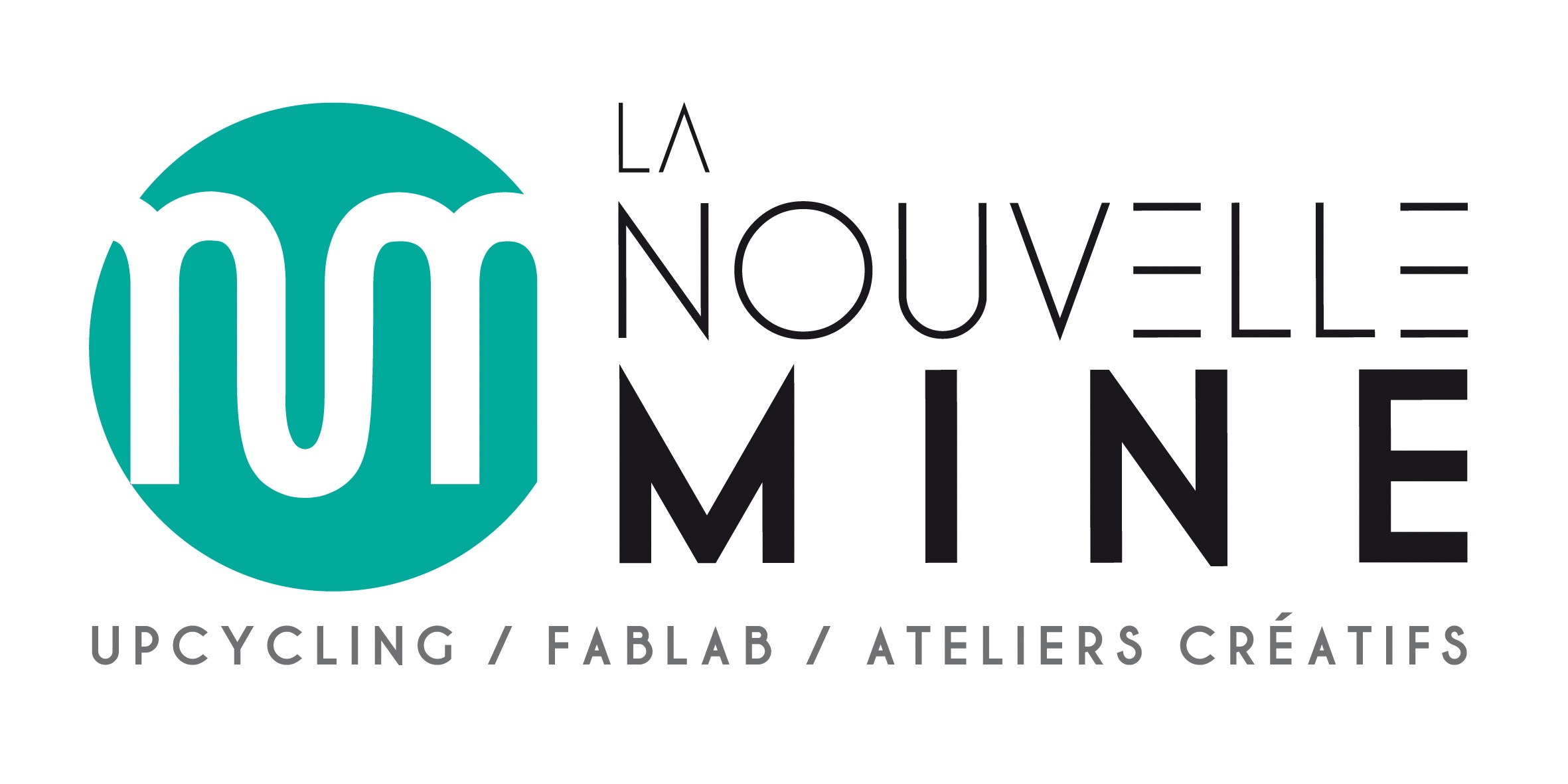The Federal Reserve released its annual collection of data gathered under the Home Mortgage Disclosure Act at the end of September. Among other findings, the report details that the country’s three biggest banks—Wells Fargo, Bank of America, and JPMorgan Chase—have sharply scale back on financing loan by phone to low-income individuals within the last couple of years. The three banking institutions’ mortgages to low-income borrowers declined from 32 % this season to 15 per cent in 2016.
The report additionally demonstrates that in 2016, black colored and Hispanic borrowers had more difficulty acquiring mortgage loans than whites. And it also revealed that a year ago, when it comes to very first time since the 1990s, many mortgages didn’t originate from banking institutions; they originated in other institutions—often less-regulated online entitites like Loan Depot or Quicken Loans. These firms, theoretically referred to as nonbank institutions that are financial could be more versatile than conventional banks, but could also charge greater prices and costs.
Get TalkPoverty In Your Inbox
Thank you for Signing Up!
Martin Eakes as well as other workers of Self-Help, the innovative North Carolina-based credit union, must certanly be wondering if they’ve stepped back in its history.
Eakes, whom founded Self-Help, has invested yesteryear few years working to expand credit, specially traditional mortgages, to low-income borrowers, also to publicize and expel hazards that may get rid of a family that is poor wealth. He along with his staff recognized early from the key part that homeownership could play in enabling low-income families to go in to the class that is middle. Those efforts are chronicled in Lending Power, a brand new guide by Howard Covington that illustrates the organization’s rise and longtime efforts to greatly help low-income people purchase domiciles and establish small enterprises.
When you look at the 1980s, whenever Self-Help ended up being finding its footing, the monetary world had a few major blind spots with regards to found financing to low-income individuals. Above all, many banking institutions considered low-income families, particularly categories of color, become credit dangers, seldom supplying all of them with mortgages at mainstream prices.
Within just ten years, Self-Help helped switched that truism on its mind.
“There’d been an actual battle to work out how to expand homeownership into that section during the margin of sustainable credit in a fashion that works, ” describes Jim Parrott, a other in the Urban Institute.
Self-Help enlisted assistance from fundamentals and big banking institutions to construct money, and offered individualized financing that seemed beyond borrowers’ credit reports—examining alternatively their capability to regularly pay their rent, for instance. The corporation additionally created a reserve investment to simply help borrowers struggling to meet up with re payments.
Many Thanks in component to Self-Help’s efforts, lending to lower- and moderate-income individuals (LMI, in industry-speak) began to get traction when you look at the 1990s that are late. But through the housing growth of this very early 2000s, low-income borrowers faced increasing threats from predatory lenders. These loan providers frequently saddled accountable borrowers whom may have qualified for traditional loans with high priced costs and add-ons—things like increased points, balloon mortgages with re payments that swelled with time, and pre-payment charges. The loans were particularly targeted to black families in many cases. Ebony People in the us earning yearly salaries of $100,000 were prone to receive subprime loans than whites making $30,000. A lot of people ended up in property property property foreclosure throughout the recession as a result of the untenable regards to their loans.
Self-Help had uncovered a few of these lending that is predatory a ten years earlier in the day, fundamentally assisting to pass groundbreaking anti-predatory legislation in vermont. While the organization’s spinoff group, the middle for Responsible Lending, had an important turn in arming the customer Financial Protection Bureau (CFPB), which protects customers from predatory mortgages and financial obligation traps. Editor’s note: study more in regards to the latest threats towards the CFPB right right right here.
Given that this sort of predatory lending happens to be mostly snuffed down, advocates are working with another problem: Credit to communities that are low-income dried out because the property foreclosure epidemic. Lending criteria are becoming a lot more strict, with numerous loan providers reluctant to simply take a danger on low-income families. “We’ve seen no recovery that is significant of to LMI areas, ” explains Jason Richardson, director of research and assessment during the National Community Reinvestment Coalition, citing the recently-released Federal Reserve information.
African United states homeownership reaches its cheapest level much more than 40 years
Banking institutions that get deposits from low-income communities have actually an responsibility which will make loans to those communities that are same. However now, it’s not clear whether or not the Trump administration’s regulators are acceptably enforcing this. The Office of the Comptroller of the Currency revised its regulations to further limit the number of downgrades banks receive over 98 percent of banks are currently given passing grades by regulators, and in October.
“We absolutely feel there must be more study of just what the banking institutions are performing, ” says Richardson.
Until then, nevertheless, low-income and minority families are virtually right back where they began. African United states homeownership reaches its level that is lowest much more than 40 years, in addition to space between grayscale property owners may be the biggest since World War II.
Meanwhile, although much financing to low-income people has disappeared, Self-Help is continuing to issue mortgages to bad families with its system. And Parrott, during the Urban Institute, believes the company might continue to have one thing to show other lenders.
“To me personally, the real question is set up classes that Self-Help is learning are scalable and transferable in to the market”—in a way that is sustainable Parrott says. “Because us learn how to better serve a section of this populace that would be home owners. Should they are, Self-Help is a fantastic resource because it’ll assistance”
